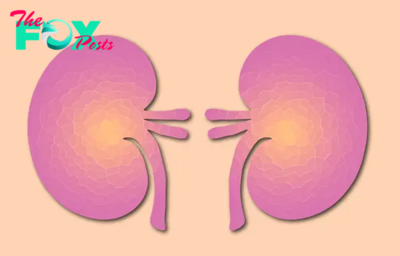Health
Scientists invent nanorobots that can repair brain aneurysms
Robots smaller than most bacteria could deliver drugs right to the site of a brain aneurysm, preventing a devastating stroke, a new animal study suggests.
The new technology has been tested only in rabbits so far. But with further study, it could become an alternative to the stents and coils that are currently used to stabilize aneurysms in human patients.
These implants can stop the bleeding caused by an aneurysm, in which the wall of an artery weakens and balloons out. But the treatments can also have problems, such as the risk of bleeding starting up again or of the procedure only partially repairing the aneurysm. There can also be a need to take blood thinners indefinitely to avoid clots, said Qi Zhou, a research associate in bioinspired engineering at the University of Edinburgh and the co-author of a new paper describing the nanorobots.
"Our remotely controlled magnetic nanorobots provide a more precise and safer way to quickly seal off cerebral aneurysms without using implants," Zhou told Live Science. "They can also mitigate the painstaking task for surgeons to thread a long and thin microcatheter through complex networks of blood vessels."
Related: Self-healing 'living skin' can make robots more humanlike
Aneurysms can form in any artery in the body. When they form in the brain, they can burst and cause a stroke. To devise a new solution for these dangerous events, Zhou and his colleagues developed nanobots that measure just 295 nanometers in diameter. For comparison, a typical virus is about 100 nanometers wide, and most bacteria measure in the 1,000-nanometer range.
Each bot consists of a magnetic core, a clotting agent called thrombin that treats the aneurysm, and a coating that melts when lightly heated, in order to release the medication.
-

 Health12h ago
Health12h agoTeen Vaping Hits 10-Year Low in U.S.
-

 Health18h ago
Health18h agoWhat 5 Doctors Are Excited About in Kidney Cancer Research
-

 Health18h ago
Health18h agoHow to Make—and Keep—Friends at Work
-

 Health20h ago
Health20h agoAs eastern equine encephalitis spreads, a neurologist explains how to stay safe during this latest outbreak of the ‘triple E’ virus
-

 Health1d ago
Health1d agoThe Problem With Saying Suicide Is Preventable
-

 Health1d ago
Health1d agoAshley Graham’s Weight Loss Journey Explained
-

 Health1d ago
Health1d agoThe Weight Loss Drug That Can Prevent Diabetes
-

 Health1d ago
Health1d agoHere’s How Much Sleep You Need According to Your Age



























